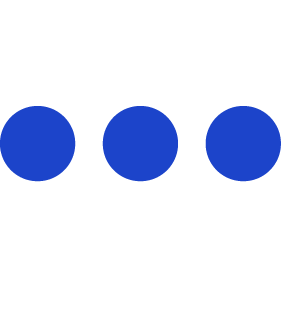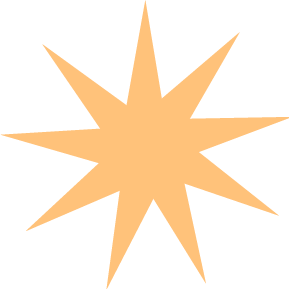WEEK 0
SUMMER BREAK
DURING SUMMER BREAK
During last semester, my research focused on how the digital divide affects people with disabilities, specifically examining the challenges visually impaired individuals face when they navigate within the public transportation system. As I heavily centered my research on public transport, I now want to move away from this topic and shift my focus to other challenges within their community. By doing this, I can start with a wide range of possibilities, where I can explore new and unconventional ideas that I may not have considered otherwise. I believe this approach will help me avoid limiting the design process to my preconceived topic and allow for a more open-minded exploration of potential solutions.

Mind map. Current knowledge of the visually impaired in public transport.
The quick brainstorming of my current knowledge led me to
ask myself these questions:


01
Aside from public transportation, what other daily challenges do the visually impaired encounter in their lives?

02
As a designer, what can I do to gain a deeper understanding of the visually impaired community?

03
Is there a way I can utilize my acquired knowledge to educate others about visual impairments?
Brainstorming. Ideas based on the daily challenges faced by the visually impaired.
Among these answers, what struck me as most intriguing is the potential of strengthening people’s understanding of visual impairments beyond the current existing assistive software and tools. Wouldn’t it be interesting to see things from the perspective of someone with visual impairments? As a designer, I realized that many of my works don’t take into consideration the diverse ways people perceive my designs, which are shaped by their personal preferences, experiences, and conditions. As I don’t want anyone to feel excluded or that someone left them out, it made me think:

 How do individuals with
How do individuals with
visual impairments perceive design?
 Are these good
designs that are
Are these good
designs that are
tailored
to their needs?

Attempting to find a solution at this point seems ambitious, especially considering I’m currently
doing
my internship. Based on the above research, I’ve arrived at this following conclusion:
Developing an
assistive tool aimed at designers who are designing for the visually impaired.

FINAL THOUGHTS
I found myself torn between selecting either Andreas’ or Yasser’s atelier. To arrive at my current goal,
I had to evaluate which topic would offer me the most significant benefit. Considering that my concept
involves developing a tool, I am convinced that computational design can be used to bring my current
idea to life.
See you after summer break.